The Automotive Suspension System Market is currently characterized by a dynamic competitive landscape, driven by technological advancements and increasing demand for enhanced vehicle performance. Key players such as ZF Friedrichshafen AG (Germany), Tenneco Inc. (US), and Magna International Inc. (Canada) are strategically positioning themselves through innovation and partnerships. ZF Friedrichshafen AG (Germany) focuses on integrating advanced technologies into their suspension systems, enhancing vehicle safety and comfort. Tenneco Inc. (US) emphasizes sustainability in its product offerings, aligning with global trends towards eco-friendly automotive solutions. Meanwhile, Magna International Inc. (Canada) is expanding its global footprint through strategic acquisitions, thereby enhancing its market presence and operational capabilities.
The market structure appears moderately fragmented, with several players vying for market share. Key business tactics include localizing manufacturing to reduce costs and optimize supply chains, which is crucial in maintaining competitive pricing. The collective influence of these major players shapes the market dynamics, as they leverage their strengths to navigate challenges and capitalize on emerging opportunities.
In August 2025, ZF Friedrichshafen AG (Germany) announced a partnership with a leading electric vehicle manufacturer to develop a new line of adaptive suspension systems tailored for electric vehicles. This strategic move is significant as it positions ZF at the forefront of the electric vehicle market, catering to the growing demand for innovative suspension solutions that enhance ride quality and vehicle stability.
In September 2025, Tenneco Inc. (US) launched a new range of lightweight suspension components designed to improve fuel efficiency in commercial vehicles. This initiative underscores Tenneco's commitment to sustainability and innovation, as lighter components can lead to reduced emissions and operational costs, aligning with industry trends towards greener technologies.
In July 2025, Magna International Inc. (Canada) completed the acquisition of a technology firm specializing in AI-driven suspension systems. This acquisition is pivotal as it allows Magna to integrate cutting-edge technology into its product offerings, enhancing the performance and adaptability of its suspension systems. The incorporation of AI (artificial intelligence) is likely to provide a competitive edge in a market increasingly focused on smart vehicle technologies.
As of October 2025, current trends in the Automotive Suspension System Industry indicate a strong shift towards digitalization, sustainability, and AI integration. Strategic alliances are becoming increasingly important, as companies collaborate to enhance their technological capabilities and market reach. Looking ahead, competitive differentiation is expected to evolve, with a pronounced shift from price-based competition to a focus on innovation, technology, and supply chain reliability. This evolution suggests that companies that prioritize these aspects will likely emerge as leaders in the market.
In Nov 2025, BYD revealed its self-developed chassis and suspension system, strengthening control over key EV components. The in-house design improves ride comfort, handling, and platform integration. This move demonstrates BYD’s strategy of reducing reliance on external suppliers.
In November 2025, Brembo agreed to acquire Öhlins, combining high-performance braking systems with premium suspension expertise. The acquisition aims to deliver enhanced performance components for automotive and motorcycle markets. It may lead to a stronger product portfolio blending braking and suspension innovations.
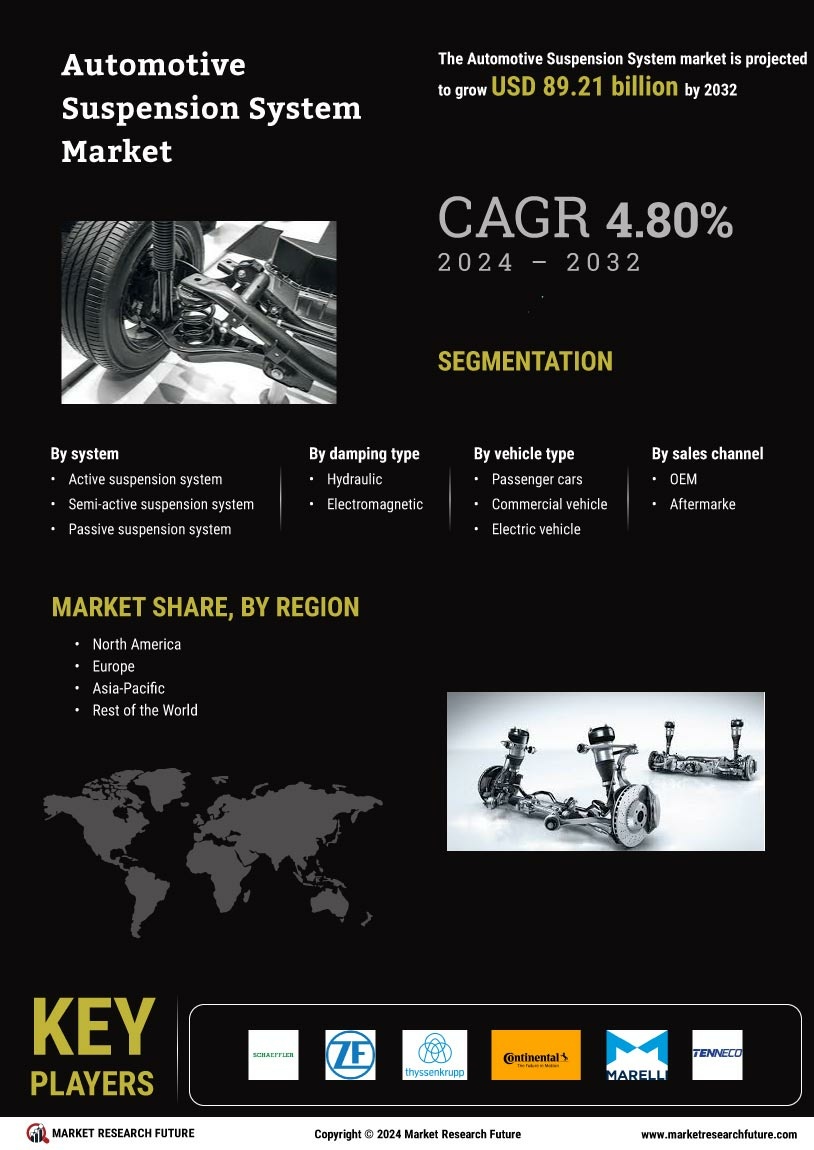

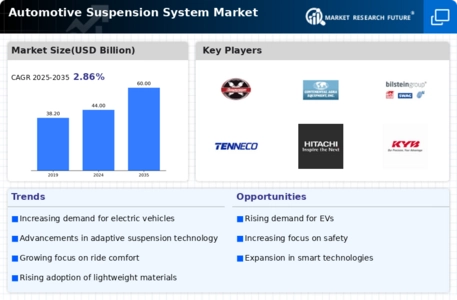
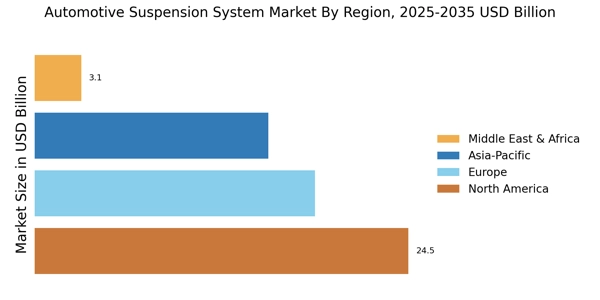
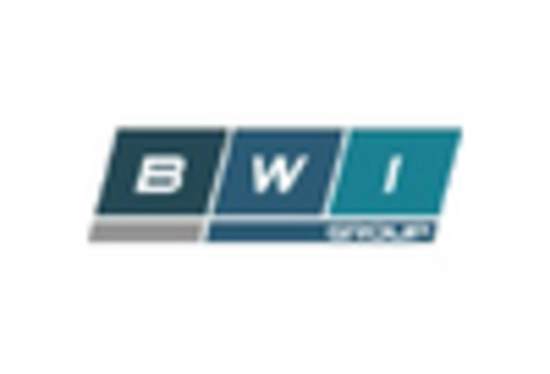
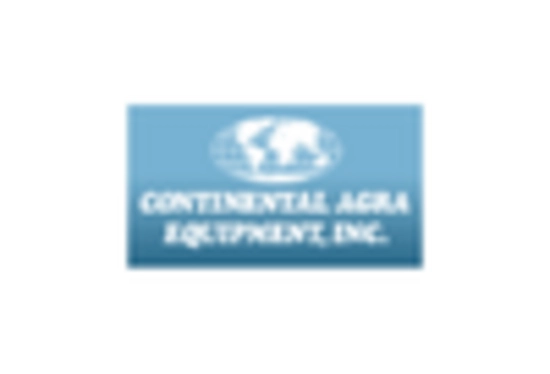
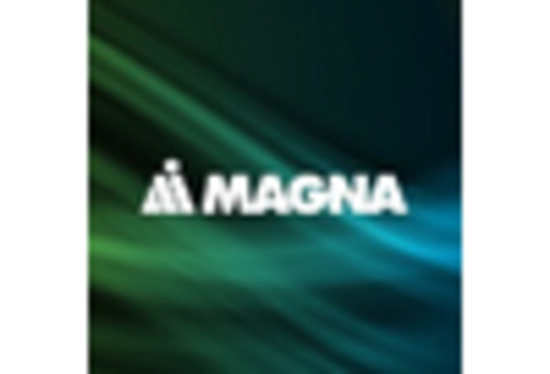
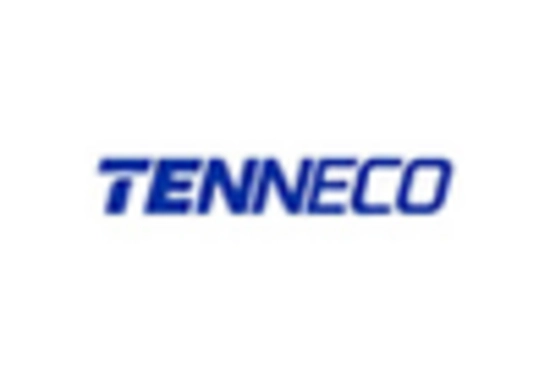
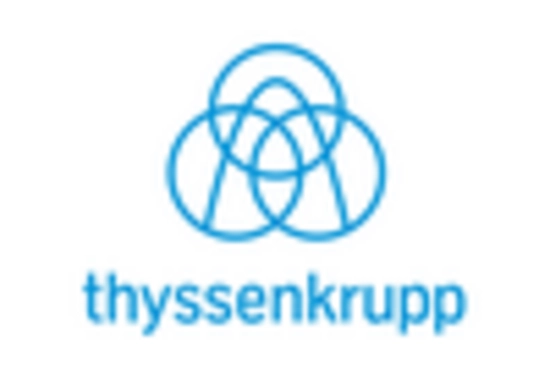









Leave a Comment